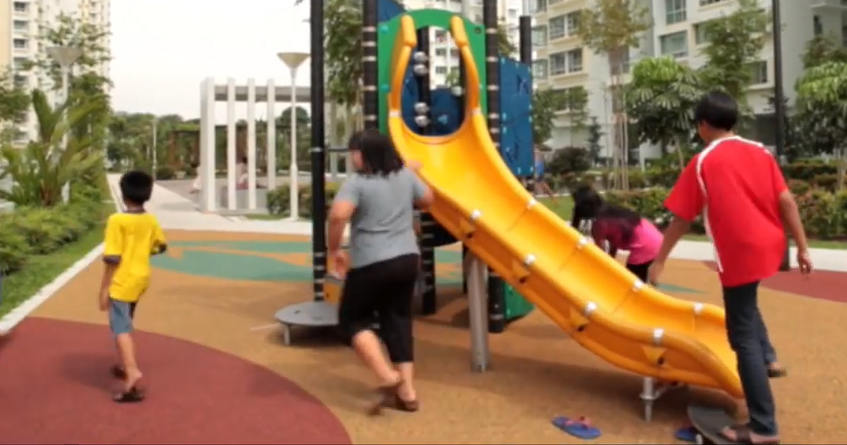In her President's Address in 2018, Halimah Yacob called for bold changes to help Singapore face a different future.
One suggestion stood out: Redesigning the Central Provident Fund system so that it is no longer used for housing.
CPF for housing: An idea
The bold suggestion was made by Singapore University of Social Sciences labour economist Walter Theseira.
He argued that combining one's retirement assets with housing assets is only viable if housing prices continue to rise, which may not be the case.
The asset-rich but cash-poor nature of many Singaporeans may prove to be a problem if the value of houses fail to rise accordingly, say, after many years of increase.
However, the decision to allow CPF to be used for housing was one made exactly 50 years ago, and was instrumental in allowing many Singaporeans to own their own homes.
Building a home-owning society
In 1964, the Home Ownership for the People Scheme was launched by the Housing & Development Board.
This allowed low income Singaporeans to buy flats with basic amenities at affordable prices from the government on a 99-year lease basis.
Before this, Singaporeans were only able to rent apartments built by HDB.
The political and economic reasons for this policy can be summed up with Lee Kuan Yew's words:
My primary preoccupation was to give every citizen a stake in the country and its future. I wanted a home-owning society. I had seen the contrast between the blocks of low-cost rental flats, badly misused and poorly maintained, and those of house-proud owners, and was convinced that if every family owned its home, the country would be more stable.
[related_story]
Home ownership = Stability
Back in the 1960s, Singapore still consisted of a largely migrant population.
Thus, Lee Kuan Yew felt that a high home ownership rate will bring more stability as more of the population will have a stake in the country.
In order to ensure affordability, HDB flats were sold below market rates.
Efforts were made to ensure that low income households will pay less in mortgages then they would have done in rents.
From savings to housing
CPF was introduced in 1955 by the colonial government to provide social security for the people, as many of them were not provided any form of retirement benefits from their employers.
For the first 13 years, CPF was only a savings scheme. To further enhance home ownership, changes were made to the CPF system.
In 1968, the Public Housing Scheme was enacted to allow citizens to use their CPF to pay for HDB flats.
This allowed Singaporeans to pay for the mortgages of their HDB flats using their CPF savings instead of using their take-home pay.
This increased affordability and provided many Singaporeans with a home of their own.
In 1981, the scheme was extended to private residential property under the Residential Properties Scheme.
The Public Housing Scheme's legacy
In 1982, Ong Teng Cheong, then Minister for Labour and Communications, stated that a total of S$3.7 billion was withdrawn from CPF in order to pay for various residential properties.
Most workers then depended solely on CPF savings to make installment payments on their homes.
He noted that without the use of CPF savings, many citizens would not be able to own their own homes.
In 2008, HDB was awarded the UN public service award for its home ownership programme.
Some 81 percent of the population was housed in 900,000 flats, among which 95 percent own their houses.
Image via Wikipedia
If you like what you read, follow us on Facebook, Instagram, Twitter and Telegram to get the latest updates.
